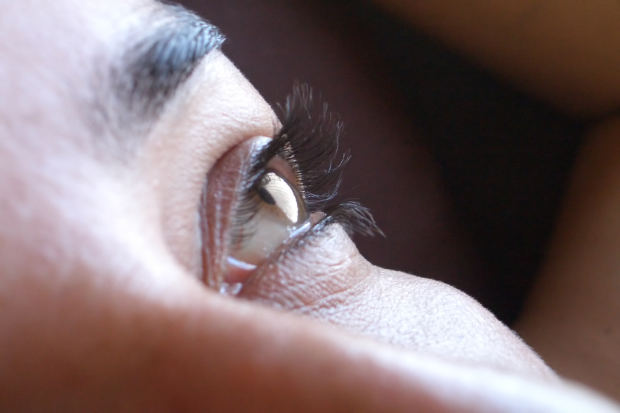
Latisse is still the only prescription medication for eyelash growth – and it’s been around for 10 years. Happy anniversary!
FAQ:
What’s the growth cycle of an eyelash? “Typically one to two months. The lash then transitions to a resting phase before eventually falling out.”
We know that lashes can fall out from routine wear and tear. But what are the medical causes of thin lashes? “It can signify underlying medical issues. The most common are thyroid conditions, but believe it or not, if lashes are missing from one particular part of an eyelid, it can indicate skin cancer. One of the ways we can tell if a growth is cancerous is that it makes lashes fall out.”
How does Latisse work? “We don’t exactly know. Latisse keeps the lashes in the growth stage for a longer period of time and stimulates the transition from an inactive growth phase to an active growth phase. But why? Nobody knows.”
Does Latisse grow new eyelashes? “Probably not, but some patients who have lost their lashes in chemotherapy respond to Latisse. Can I say with certainty their lashes wouldn’t have regrown without it? No. But their lashes didn’t grow back until they started Latisse.”
How long does it take to work? “Typically three to four weeks before you see results.” The full treatment takes 16 weeks.
What’s the biggest mistake patients make with Latisse? “Not using the intended applicator. Yes, you can find more elegant eyelash brushes in a makeup store, but the ones provided measure the appropriate dose of the drug.”
Should you apply Latisse to top and bottom lashes? “No, close your eyes and swipe the dose across the top lashes. Enough product should reach the bottom lashes.”
Can you overgrow your eyelashes with Latisse? “You do see some dramatically long lashes. Some patients’ lashes grow so long that they have to trim them.” Reduce the dosage from the recommended once a day to a few times a week if you notice overgrowth.
